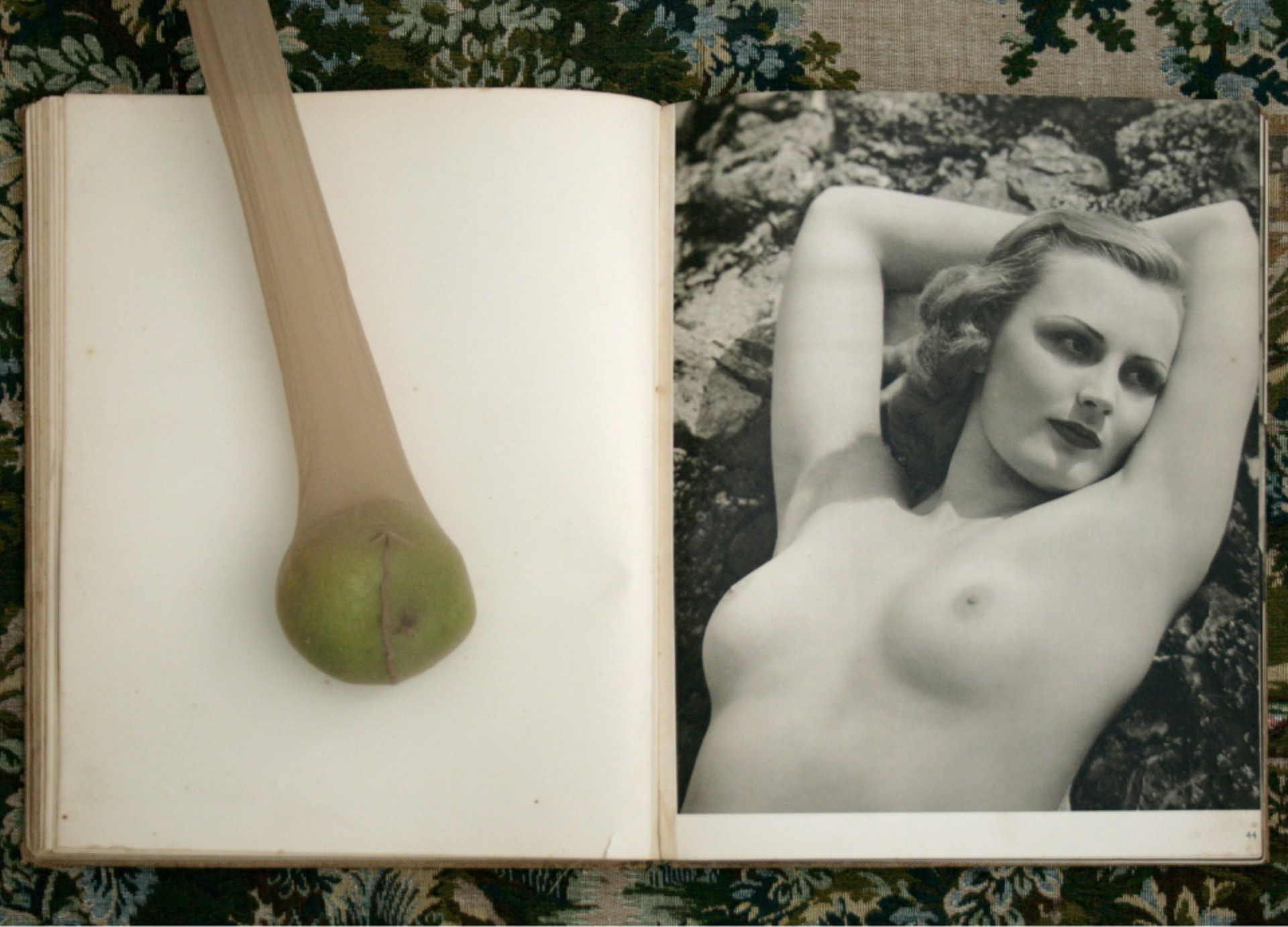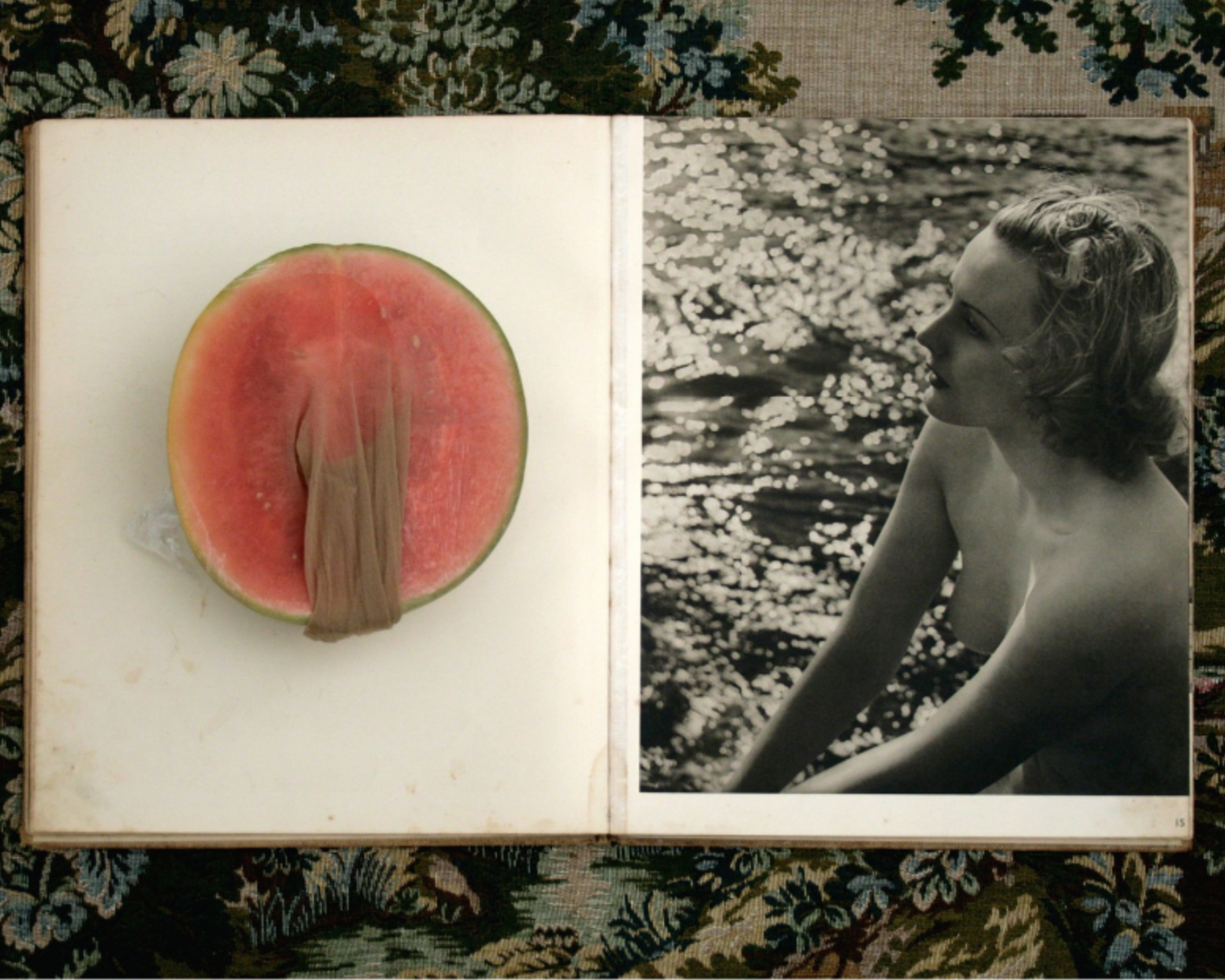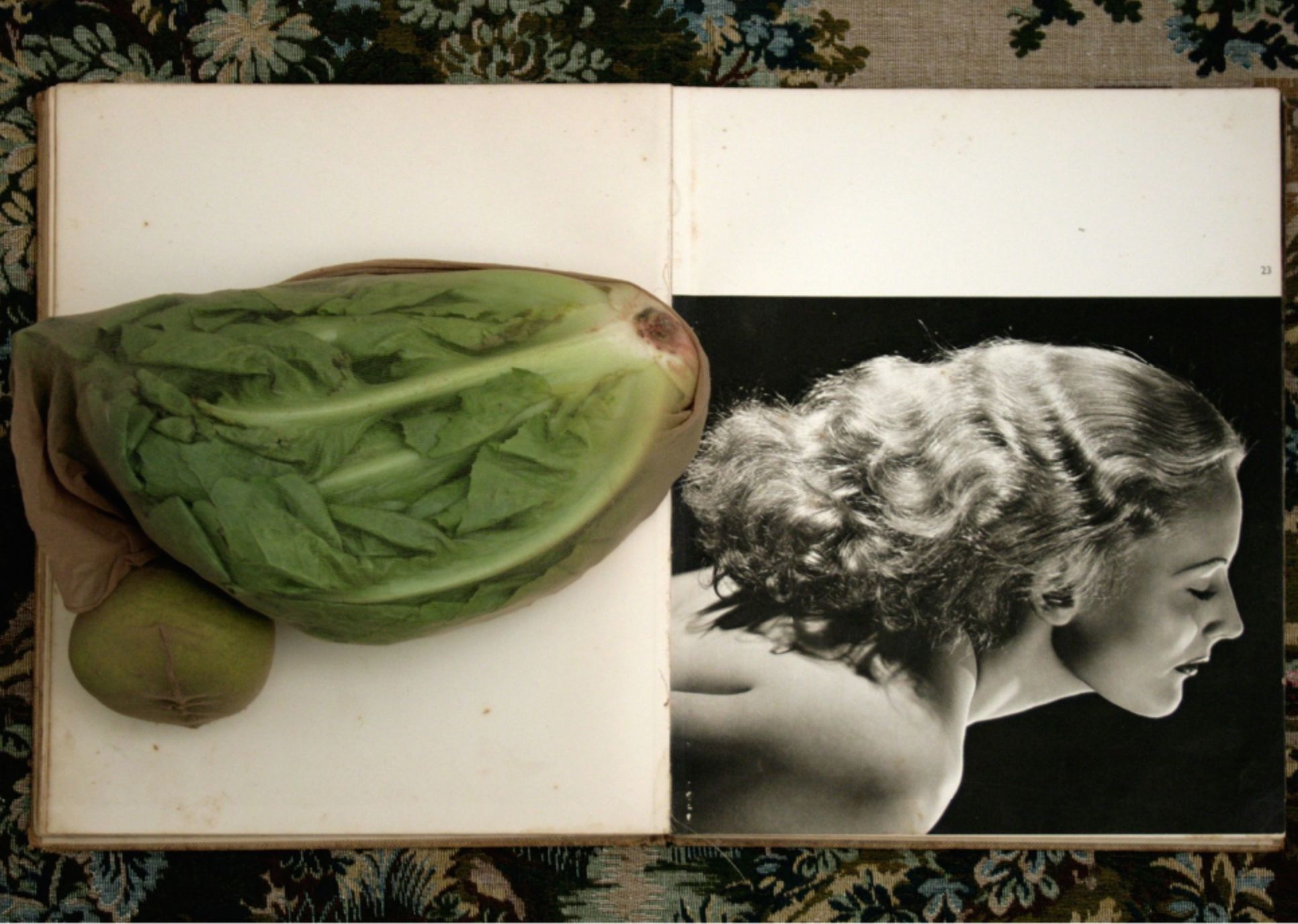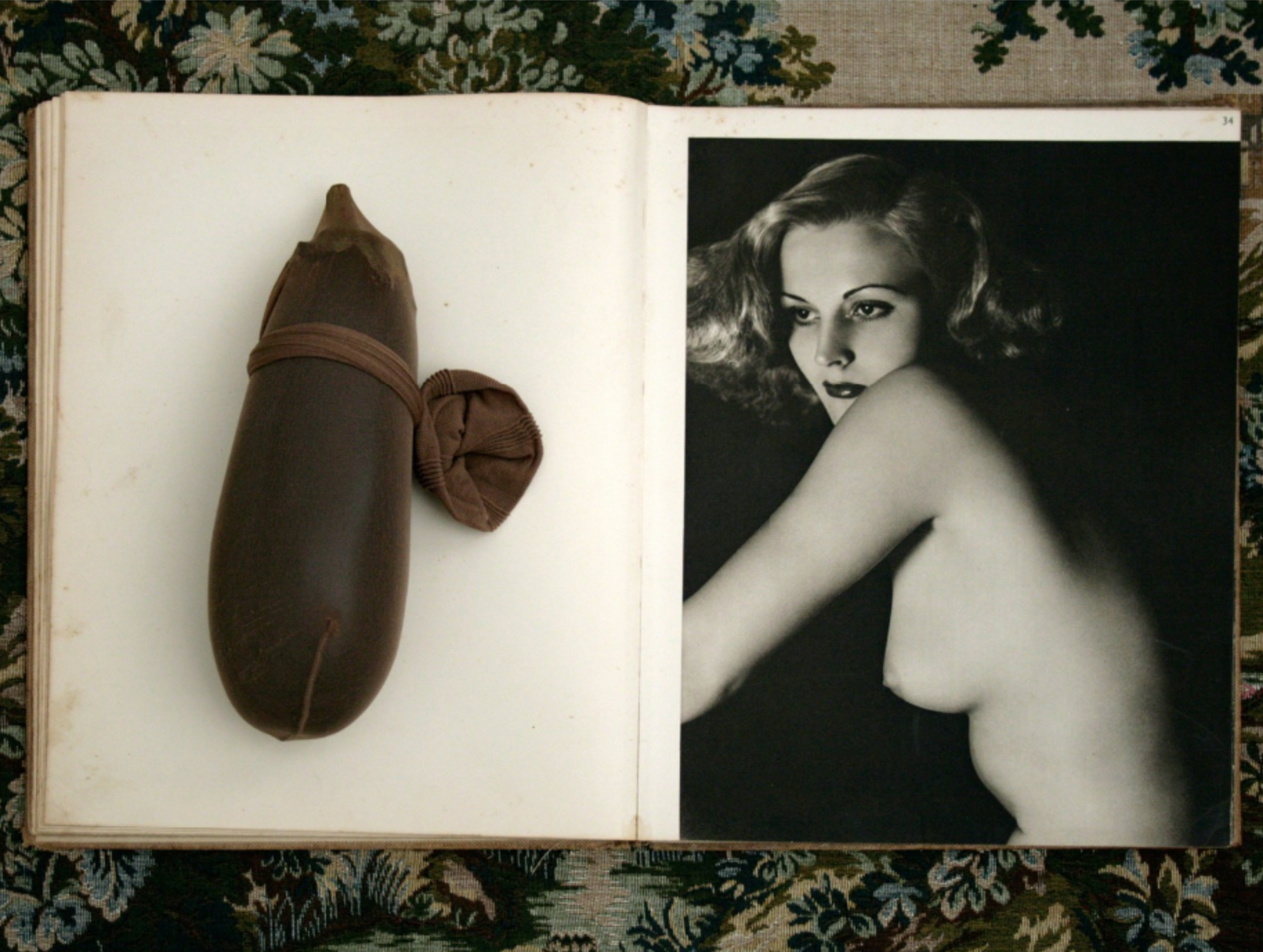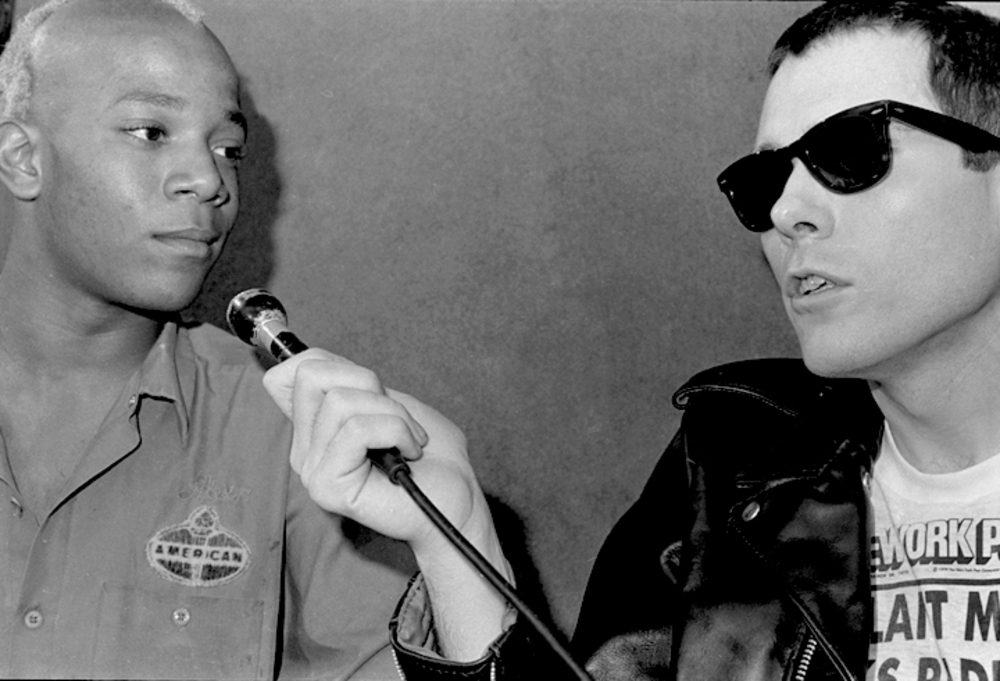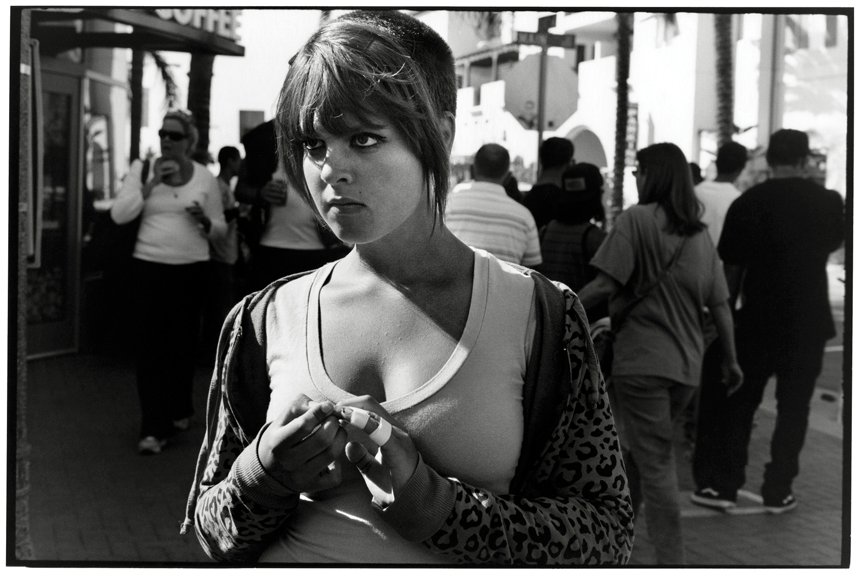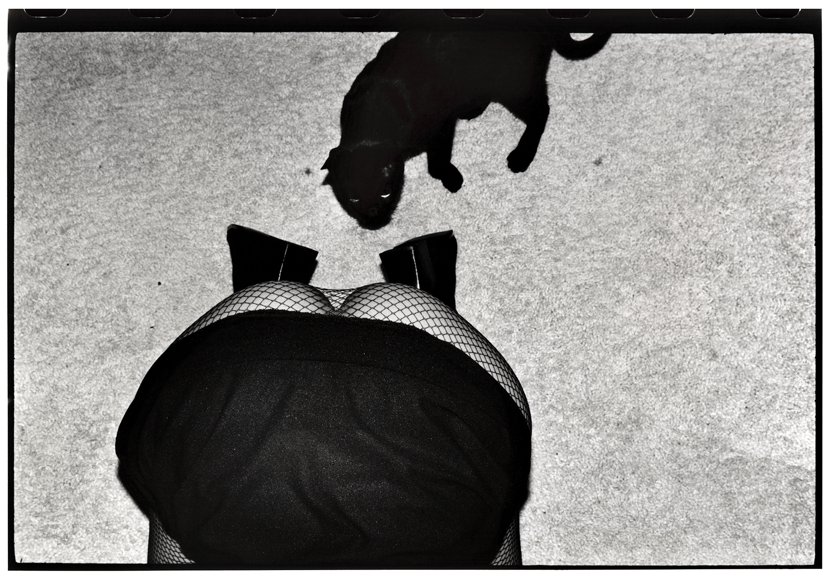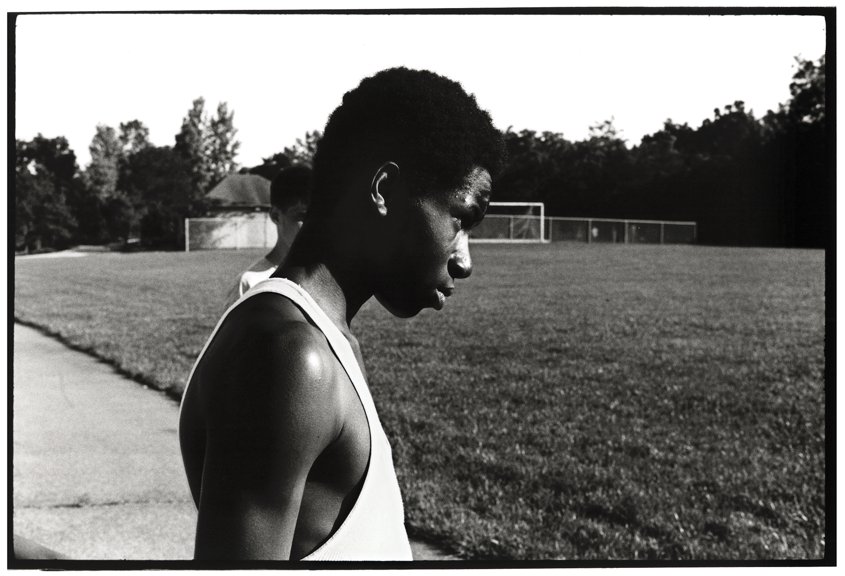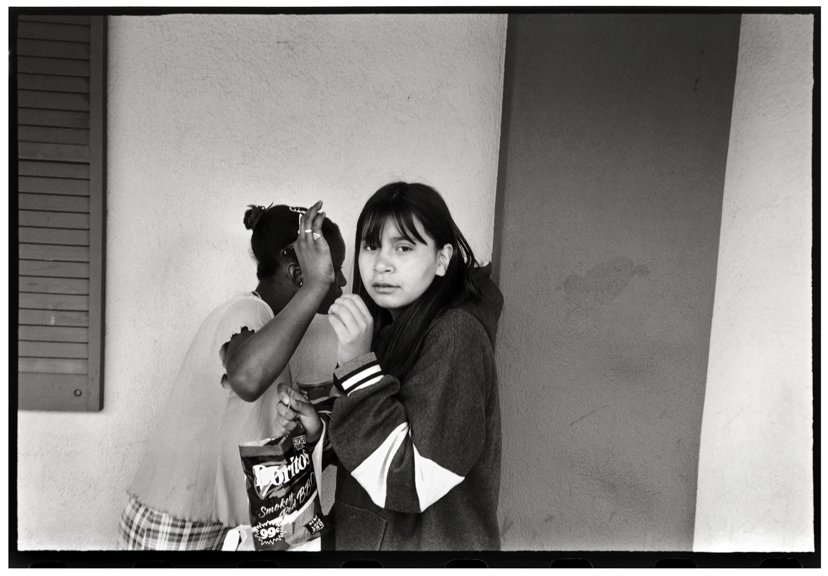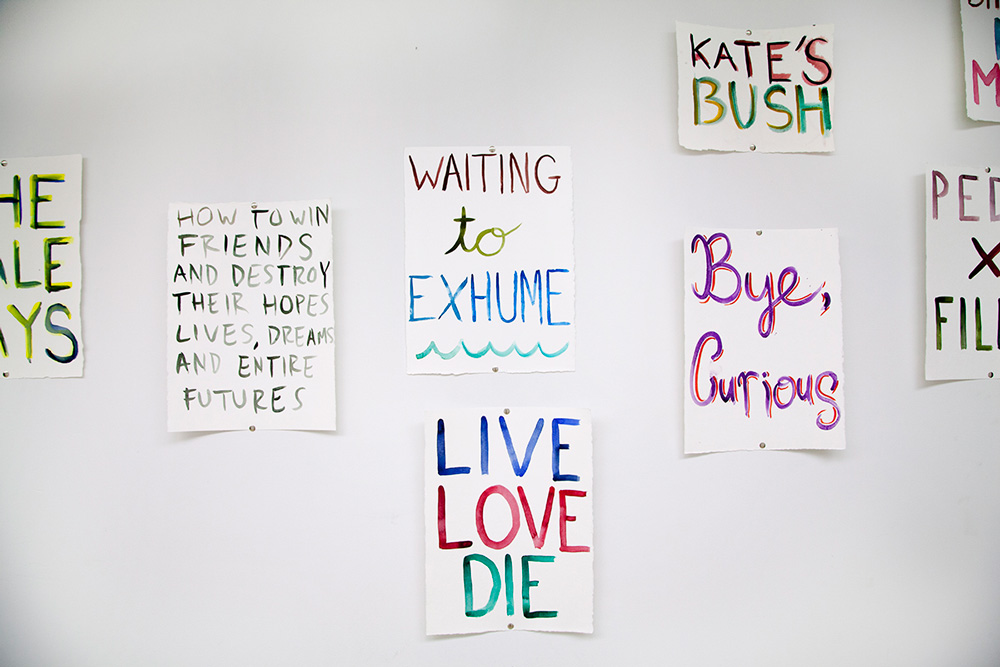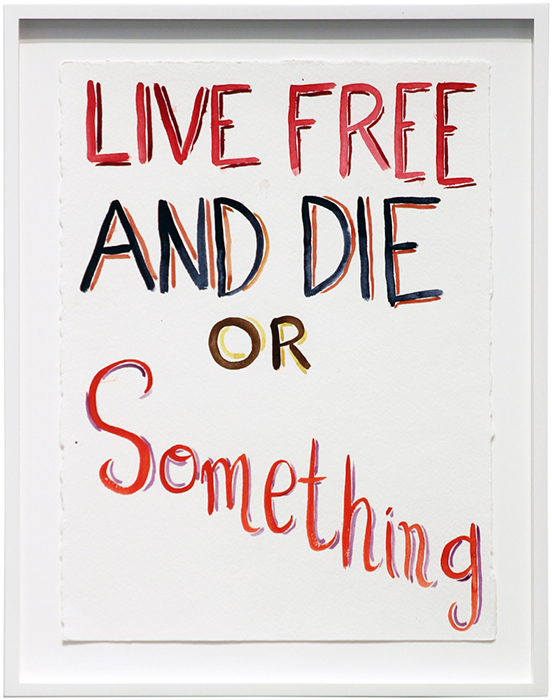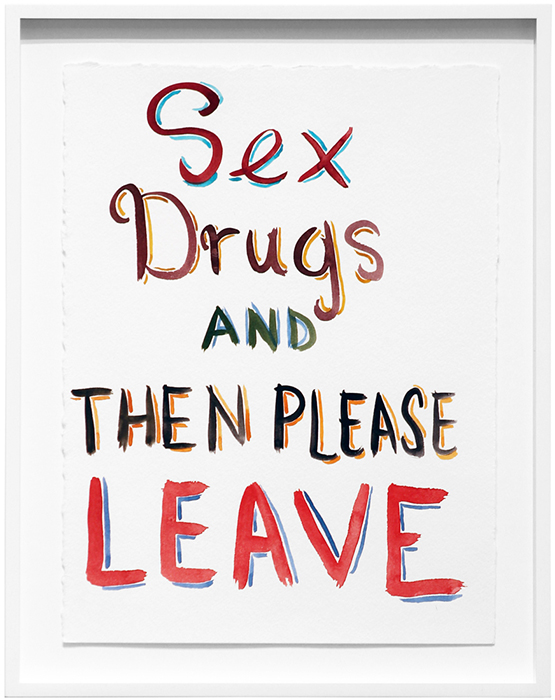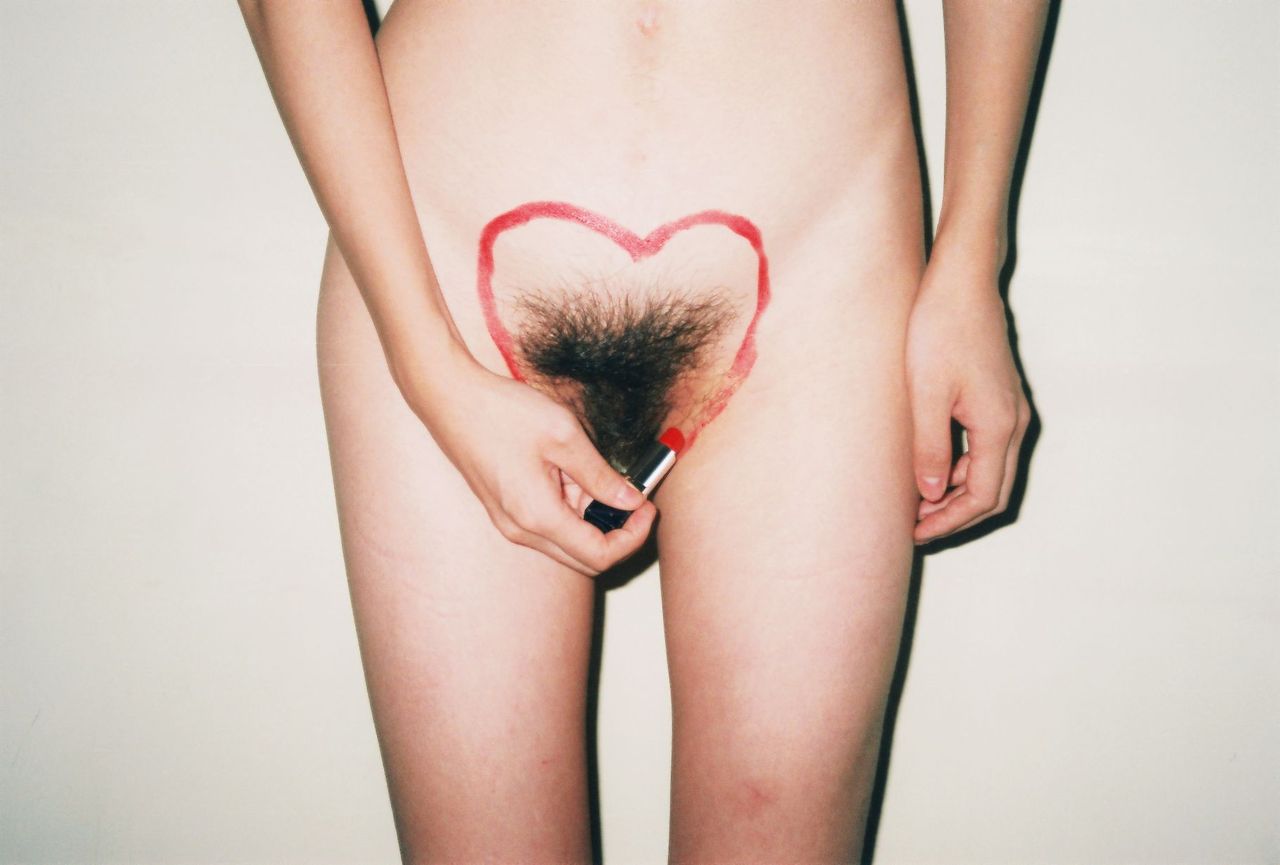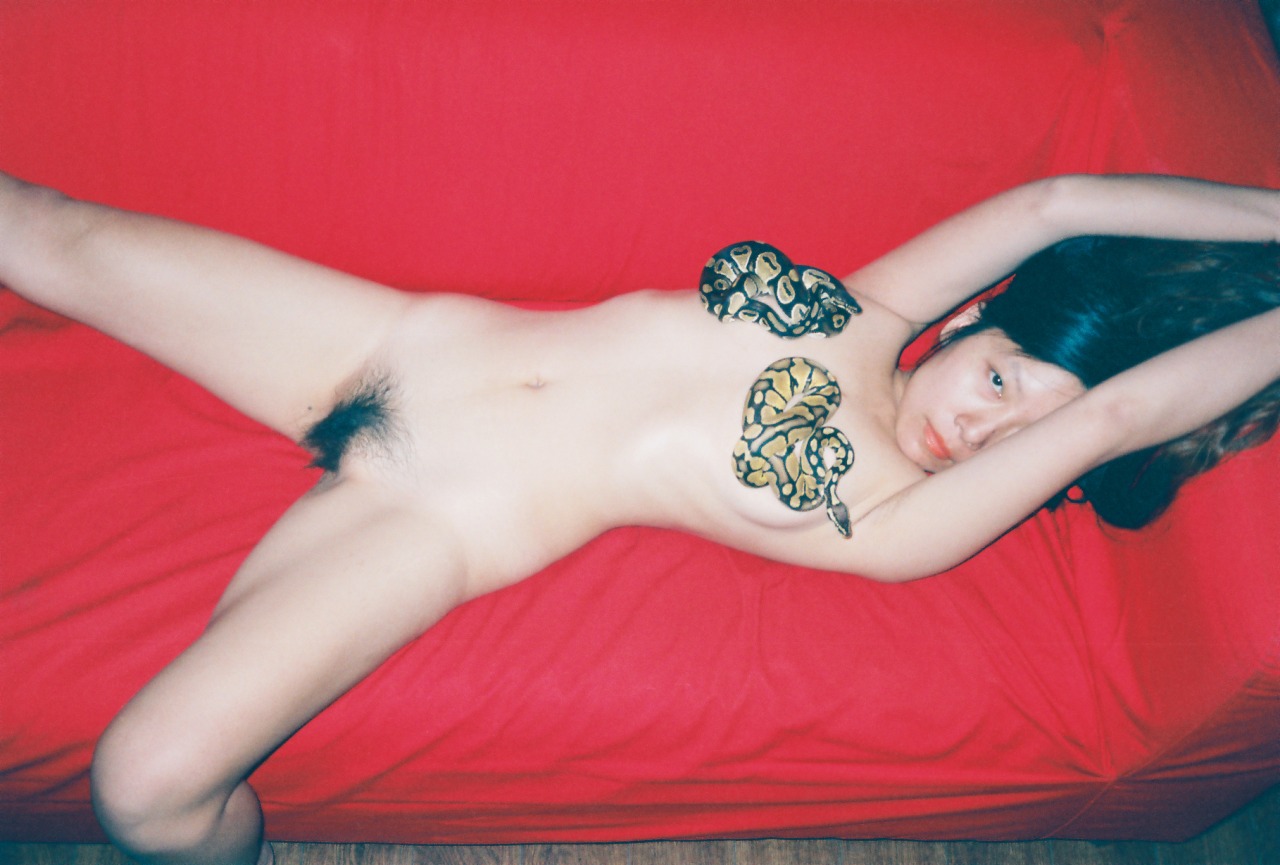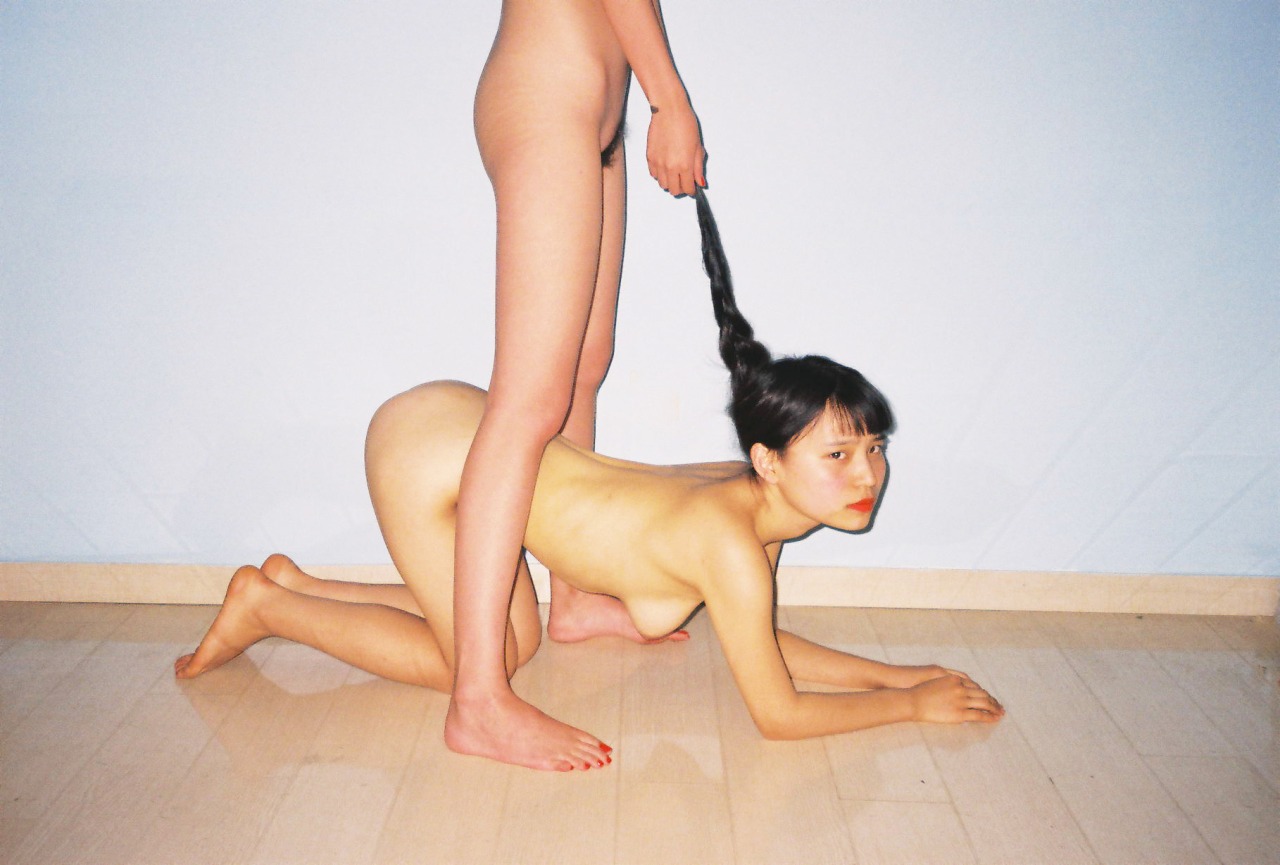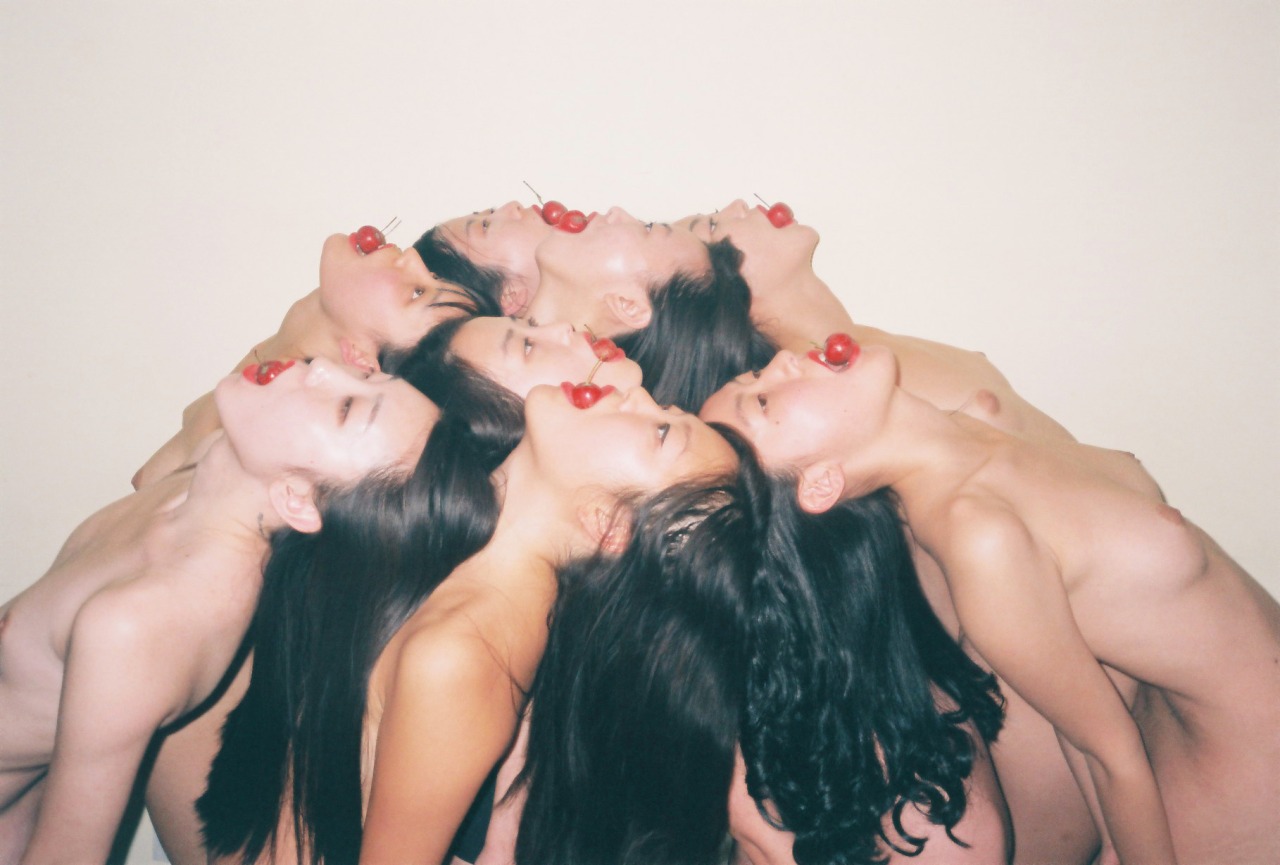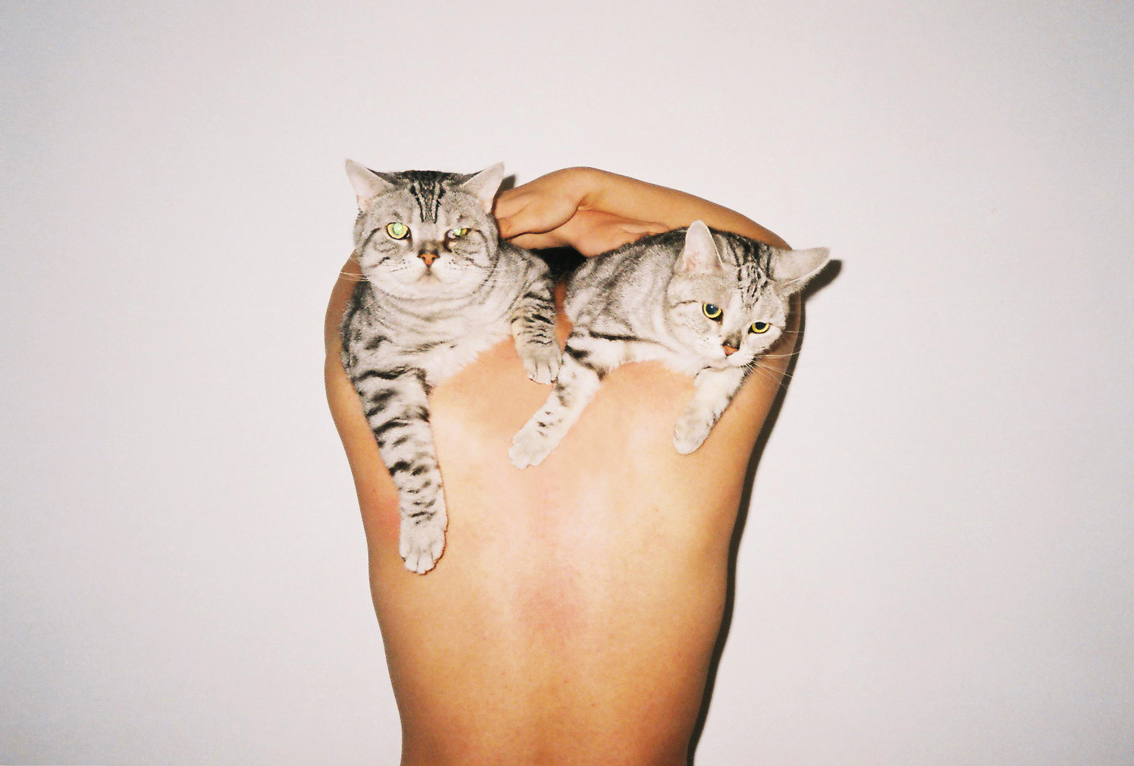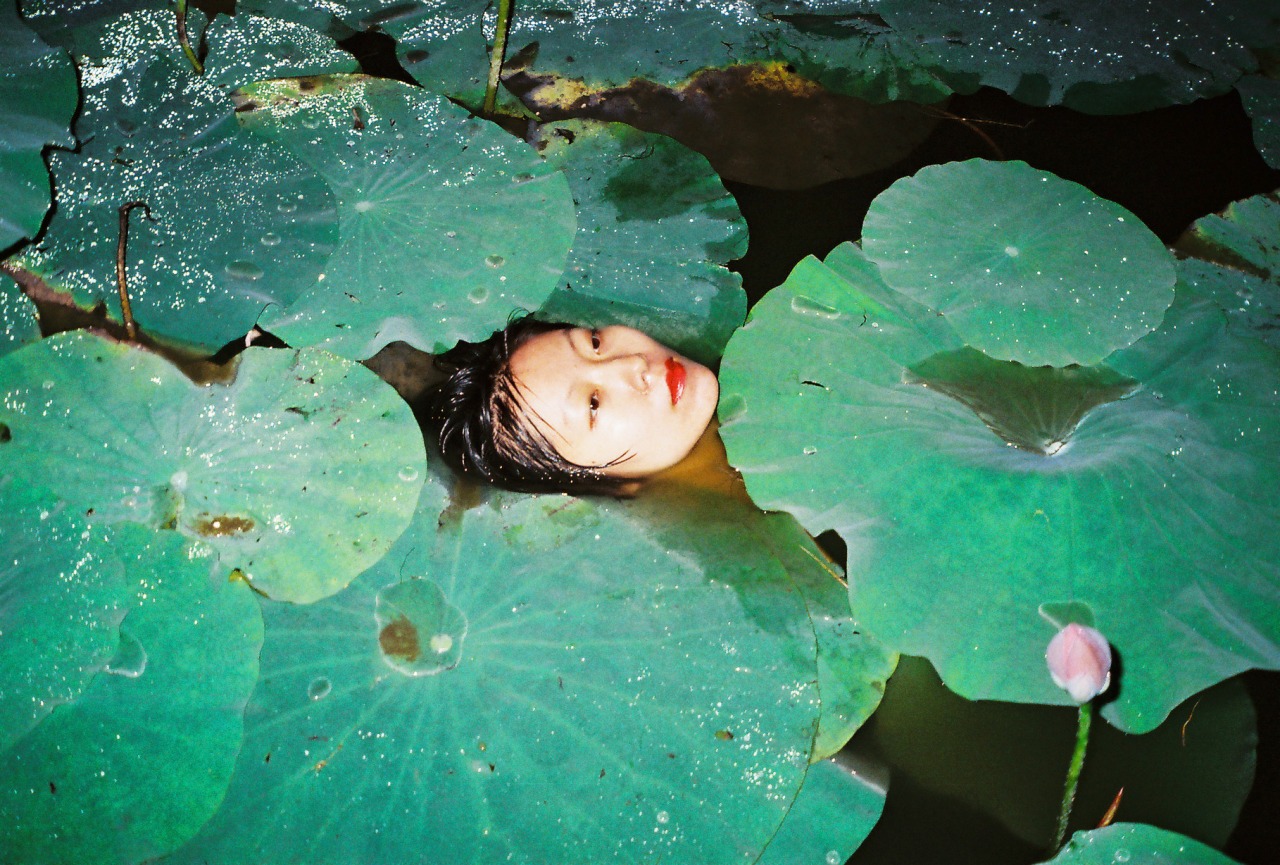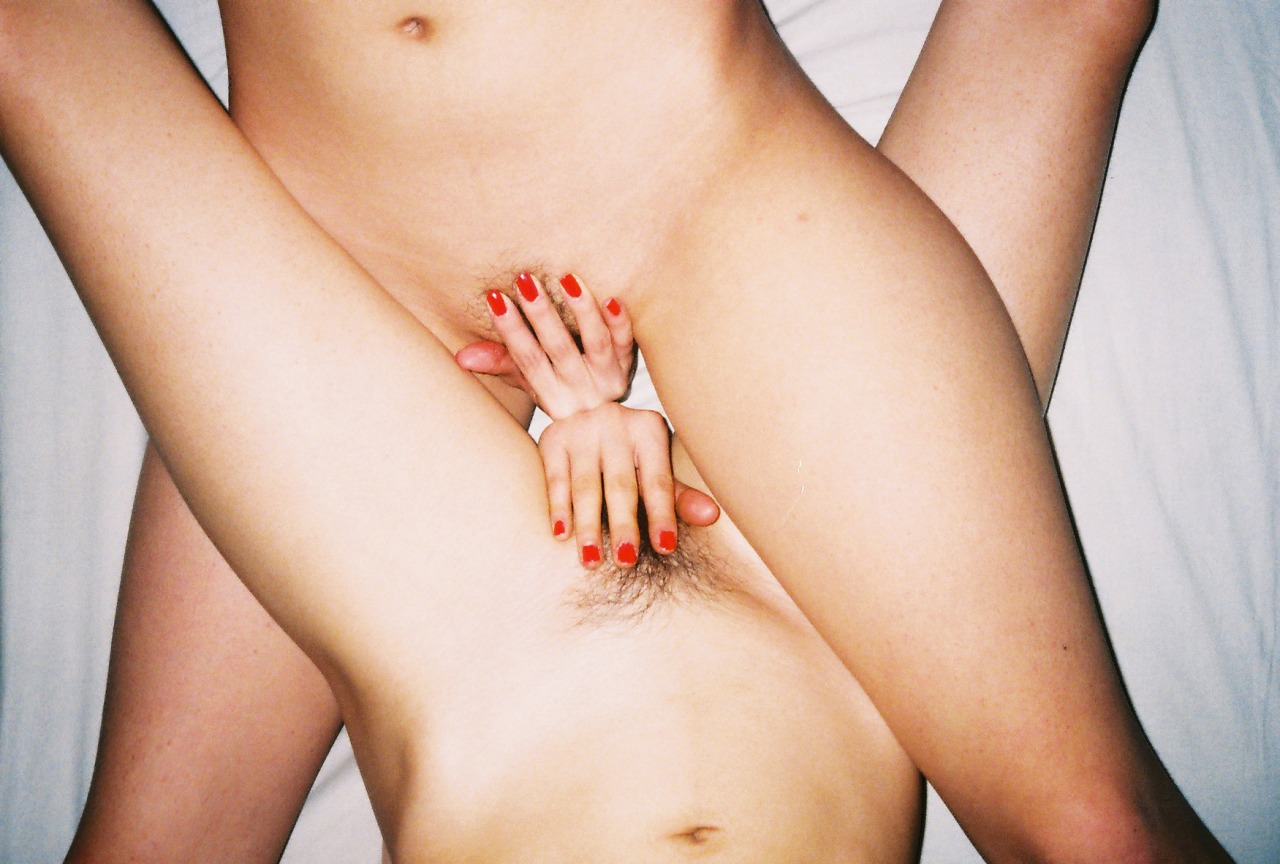I first noticed Nino Cais’s work at Art Basel in Miami. Amongst the literal miles and miles of gallery booths and art, Cais’s work – presented by São Paulo based gallery Central Galeria de Arte – had a magnetic quality. His “fruit series” – which includes photo collages of bright ripe bananas, mangos, eggplants and exotic fruit covered in female panty hose, juxtaposed with nude glamor portraits – is a treatise on the temporality that culture places on female youth, beauty and desire. In other works, he plays with neoclassicism and roman iconography – one statue is half woman of antiquity and half stack of porcelain plates. We got a chance to ask Cais a few questions about his art – in the following interview he talks about choosing art versus priesthood and some of his biggest artistic influences.
AUTRE: Your mother was a seamstress and you grew up in the suburbs of São Paulo, where did you find your inspirations and how were you introduced to art?
NINO CAIS: My relation to art was, and still is, very intuitive. Since I was a kid, I used to manufacture my own toys with some of my mother’s materials, such as fabric scraps. I never thought I would be a professional artist – I didn’t even have a close relationship to art, nor did I visit exhibitions.
At first I entered the seminary to become a priest. I used to decorate the Church’s events and festivities. One of the priests of the seminary was convinced that I had to study art and he managed to get a scholarship for me to study in Santa Marcelina, an Art School in São Paulo. It was then that I started to understand everything I had been experiencing as a kid and young adult and started to have a more theoretical background, to think of art in a more consistent way and to start to elaborate on my production as an artist.
AUTRE: Who were some of the first artists who really expanded your mind – artists who you identified with and were inspired by?
CAIS : At the art school I met some artists that were of great importance in my personal and artistic development. One of the teachers I directly identified with was Led Catunda. Afterwards, other contemporary artists became an important reference for me, namely Constantin Brancusi, Richard Serra, Erwin Wurm, Cindy Sherman, Sam Taylor Wood and Nick Cave. In a more historical perspective, I was always fascinated by Mantegna and Giotto’s paintings. I also have a great admiration for some surrealist artists such as Man Ray, René Magritte and Marx Ernst. More recently, I am very much interested in some African artists such as Samuel Fosso and Yinka Shonibare.
AUTRE: You studied dramatic arts for roughly 8 years, how do you think that has inspired your work?
CAIS: Although I don’t really conceive a direct continuity between my experience in dramatic arts and my career as an artist, I do think that some theatrical elements are recurrent in my work. First of all, some of my installations are very scenographic and have an underlying dramatic tension, as they suggest a narrative and/or an imminent fall suspended in time. One other convergence of my artistic practice that could also be related in some way to theater is the fact that most of the figures in my work, and especially my self-portrait photographs, enact a persona that mingles with the surrounding objects, and that become some kind of entity. Note for example that my face is always hidden by an object or by a posterior intervention on the image.
AUTRE: Can you talk a little bit about your current ‘fruit’ series – I saw a few of these works in Miami and they are really stunning?
CAIS: My “fruit series” is centered on the idea of superposition of different levels and the nature of images. The starting point of this series is a recent research about the feminine figure. The pieces juxtapose images of fruits and iconic and beautiful women that harken a model of grace and sensuality. If both the fruit and the women relate to abundance, fertility and life, they are ephemeral and fleeting bodies that fade with the passing of time. In this sense, these images work as a kind of still life.
AUTRE: What’s next?
CAIS: I am working on a solo show that will take place at Central Galeria de Arte, in São Paulo, in February. The central axis of this exhibition is garments and how they relate to different cultures, how they drive projections, clichés and fetishes.
Text and interview by Oliver Maxwell Kupper. You can view more of Nino Cais's work by visiting the website of Central Galeria de Arte.

